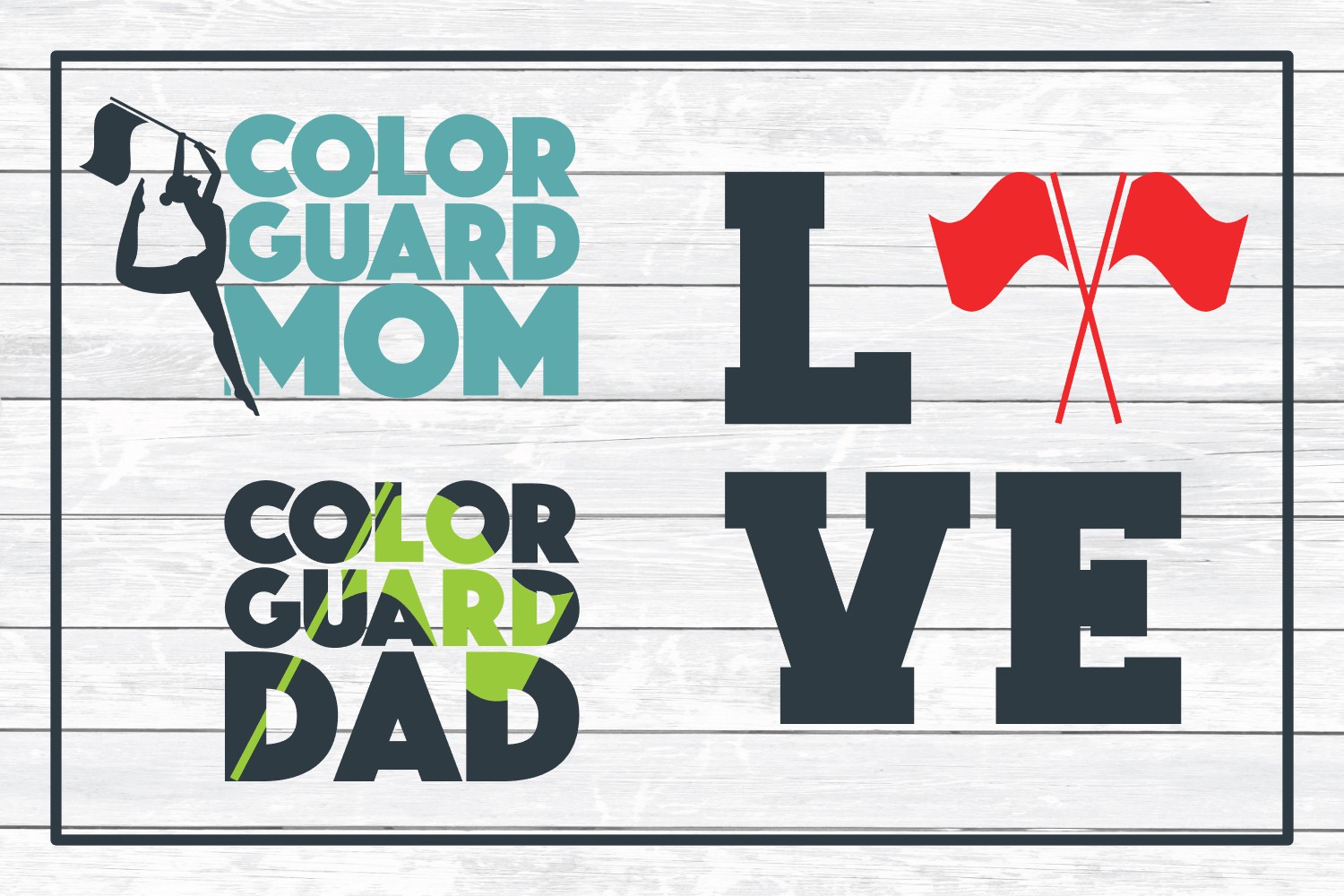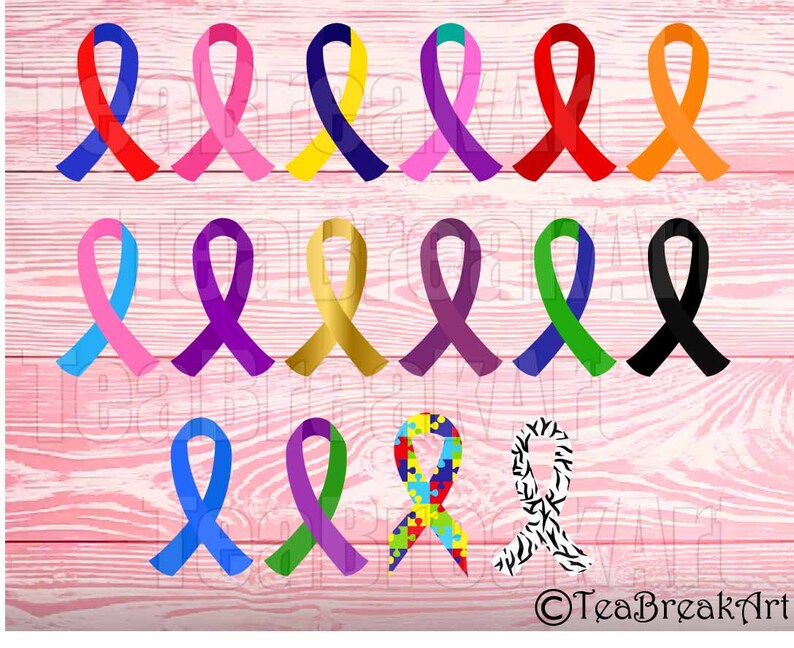
One-piece at a time, just like putting a puzzle together. Build your SVG image on top of the original reference image.

I’ve not done much more research than this, but hope it helps others who try to make their icons work in dark mode.13. So, if you use currentColor for the only (or primary) colour in your SVG icons, they will work better in dark modes. The supported-color-schemes property is meant to be used in conjunction with the prefers-color-scheme media query. Safari has experimental support for the property in Technology Preview 71. The property basically lets you tell a browser that your CSS supports dark modes and will not break in them. It is proposed to be a property you can set at root level ( supported-color-schemes: light || dark) or as a meta tag, so that browsers can be in the know before they start parsing CSS. Declaring supported color schemesĪfter I posted this, Amelia Bellamy-Royds helpfully pointed me at a proposal for declaring color schemes preference. It is also popular because it works great with states like hovers: for icons with text, icon colours will change whenever you change the text colour. So if a tool updates all colors in the page, the SVGs automagically change colour too. If we could only set the color for these SVGs in our stylesheets! Well, currentColor allows for that, and, it turns out, that actually works with Dark Modes: įor those new to currentColor: it resolves to whatever the CSS color is (as set or inherited) of the element the svg is used in. In those cases, they will not replace black with white. I believe the reason is that Dark Modes generally parse style sheets only, they ignore the contents of markup (including SVG files).
#Colored svg converter windows
In Windows High Contrast, Dark Background and Light Text and Dark Night Mode, the icon simply did not show. One way to include an SVG icon is to use an tag pointing to the SVG. Let’s assume our site has a light background with black icons. This is a relatively cheap accessibility win. In our project, we try to make our interface work with that kind of dark mode, as some of our users use these settings and it lets them have a much better experience. Some dark modes will flip colors on existing websites, turning your white colours black.

They can be tricky to test remotely, as testing platforms like Browserstack don’t support dark modes for security reasons.

In reality, there can be inconsistencies, of course. In this post I’ll refer to Dark Modes as one thing that generally works the same across different implementations. It also saves energy on some types of screens.ĭark mode is available on the latest macOS and Windows 10, but also in the form of a browser plugin ( Dark Background and Light Text add-on for Firefox, Dark Night Mode Chrome extension). For instance, people who work in the evening, those spend a lot of time behind their screens and users with low vision. This setting improves the experience for all sorts of users.

What’s dark mode?ĭark mode (similar-ish to high contrast mode) is a setting on platforms, browsers or devices that inverts a user’s colour scheme: from dark elements on a light background to light elements on a dark background. Using inline SVGs with currentColor fixed the issue. The QA engineer I worked with, found some of those did not show up in dark mode, which rendered the buttons unusable for users of that mode. In a project I work on, we had a couple of buttons that consisted of just icons (with visually hidden help text).


 0 kommentar(er)
0 kommentar(er)
